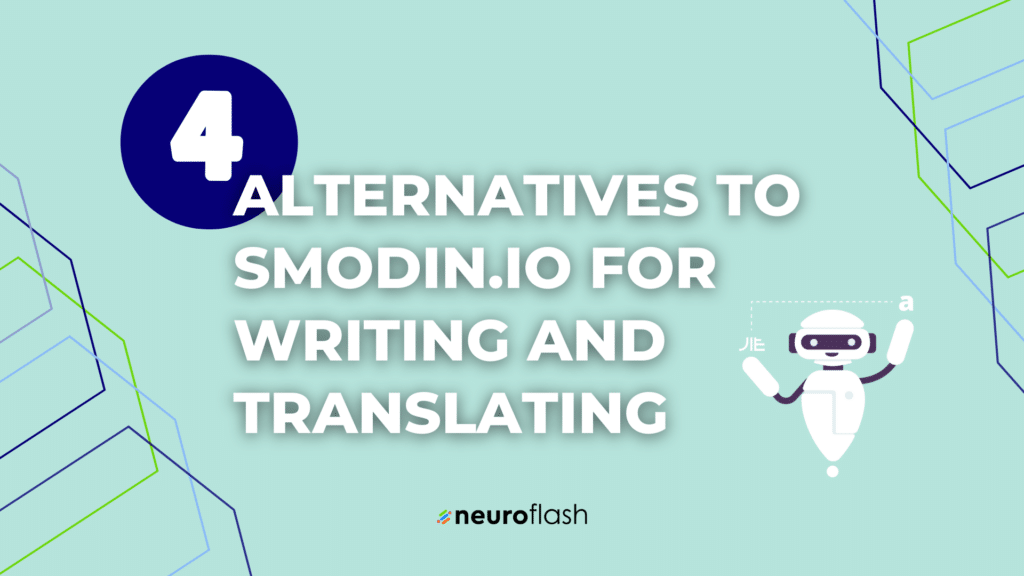Are you struggling to understand the difference between stable diffusion and latent diffusion? Look no further! In this blog post, we’ll break down the key differences between these two concepts and help you understand how they work.
Part 1: What is Stable Diffusion?
Stable diffusion refers to a process of spreading information, ideas, or products that results in a lasting and stable change in behavior or attitudes. This type of diffusion occurs when the innovation is easily adopted and compatible with existing values and norms. Examples of stable diffusion include the widespread adoption of smartphones, the use of social media, and the acceptance of renewable energy sources.
Part 2: What is Latent Diffusion?
Latent diffusion refers to a process of spreading information, ideas, or products that appears to have a minimal impact at first but may have a delayed or long-term effect on behavior or attitudes. This type of diffusion occurs when the innovation is less visible or less compatible with existing values and norms. Examples of latent diffusion include the slow acceptance of electric cars or the gradual shift towards eco-friendly products.
Part 3: Comparing Stable and Latent Diffusion
While stable and latent diffusion differ in terms of their timing and impact, they also share some common characteristics. Both types of diffusion can be influenced by factors such as the innovation’s complexity, the role of opinion leaders, and the level of social integration. However, there are also significant differences between the two types of diffusion.
Differences between Stable and Latent Diffusion
- Timing: Stable diffusion results in a fast and visible change in behavior, while latent diffusion may take longer to show any impact.
- Visibility: Stable diffusion is often highly visible and easy to observe, while latent diffusion may be less visible or harder to detect.
- Adoption rate: Stable diffusion often spreads quickly and is adopted by a large percentage of the target population, while latent diffusion may have a slower adoption rate.
Similarities between Stable and Latent Diffusion
- Both stable and latent diffusion rely on social networks and interpersonal relationships to spread the innovation.
- Both types of diffusion can be influenced by factors such as the ease of use, the compatibility with existing values and norms, and the level of complexity of the innovation.
Part 4: Related Questions
What causes stable diffusion?
Stable diffusion is caused by a combination of factors that make the innovation highly visible, compatible with existing values and norms, and accessible to a large target population. The role of opinion leaders and the network structure also play a significant role in driving stable diffusion.
How can latent diffusion be detected?
Latent diffusion can be detected by analyzing changes in behavior or attitudes over time, even if the impact appears to be minimal at first. Surveys, interviews, and data analytics can be useful tools to detect and measure latent diffusion.
Is one type of diffusion more effective than the other?
The effectiveness of stable and latent diffusion depends on the specific context and goals of the innovation. In some cases, stable diffusion may be more desirable to achieve a quick and widespread change in behavior, while in other cases, latent diffusion may be more appropriate to create a gradual and long-term impact.
Part 5: Other People Asked
What are some real-world examples of stable diffusion?
Real-world examples of stable diffusion include the widespread adoption of smartphones, social media platforms such as Facebook and Instagram, and the acceptance of renewable energy sources such as solar and wind power.
How can I control latent diffusion in my workplace?
To control latent diffusion in the workplace, it is important to focus on factors such as communication, education, and incentives. Providing clear and frequent communication about the benefits of the innovation, offering training and education programs, and incentivizing early adoption can help to increase the impact of latent diffusion.
Are there any disadvantages to stable diffusion?
One potential disadvantage of stable diffusion is that it may lead to a homogenization of culture and values, as everyone adopts the same behaviors and products. In addition, stable diffusion may not be effective for innovations that require individual creativity or customization.
Useful Tips
- Use stable diffusion when you want to create a lasting change.
- Be aware that latent diffusion can still have an impact, even if it’s not immediately visible.
- Understand the context in which each type of diffusion might be more effective.
- Focus on communication, education, and incentives to control latent diffusion.
- Consider the potential disadvantages of stable diffusion, such as a loss of individual creativity or customization.
Conclusion
In conclusion, stable diffusion and latent diffusion are two important concepts that can help us understand how innovation spreads and impacts society. While stable diffusion is characterized by a fast and visible change, latent diffusion may have a delayed or long-term effect. By understanding the differences and similarities between these two types of diffusion, we can better design our marketing or business strategies and make informed decisions about the innovations we adopt or promote.
NeuroFlash is a tool that helps authors write and publish their books by providing them with AI-driven text generation and other features like an SEO analysis for written text, an AI image generator for original images, as well as a LanguageTool integration for a style, grammar and spelling checker. The Stable Diffusion feature of NeuroFlash helps authors write their books quickly and accurately by providing them with pre-written content and suggestions to help them create their stories. The Latent Diffusion feature allows authors to rephrase sentences or entire paragraphs to improve the quality of their writing. Sign up now to see how NeuroFlash can enhance your writing process.




















